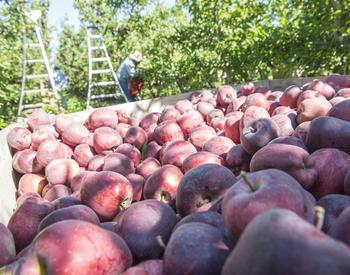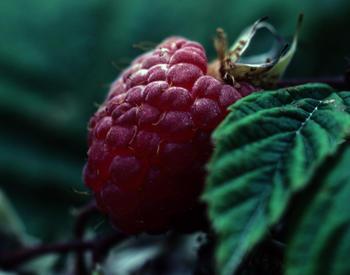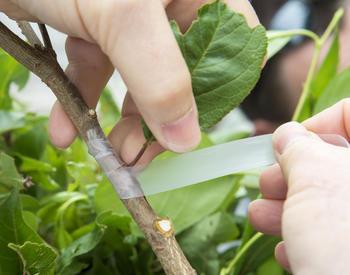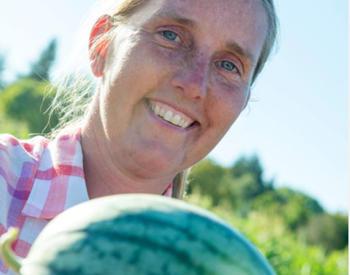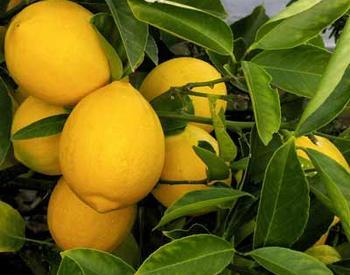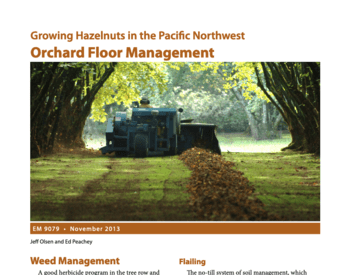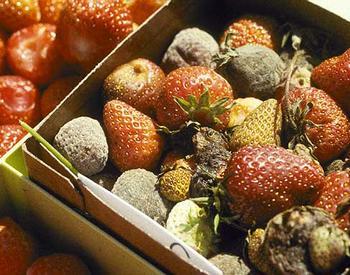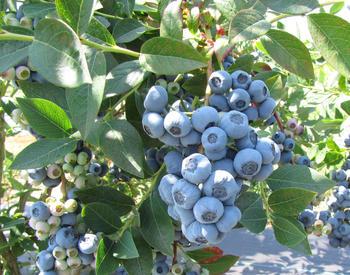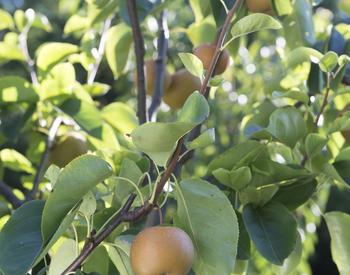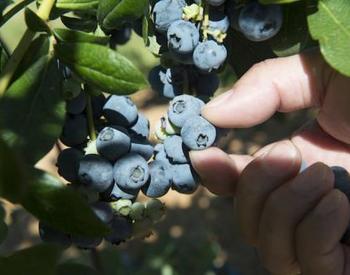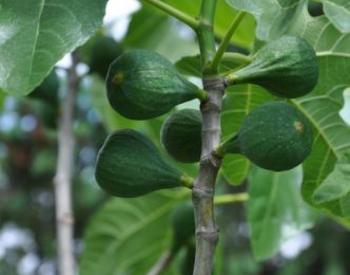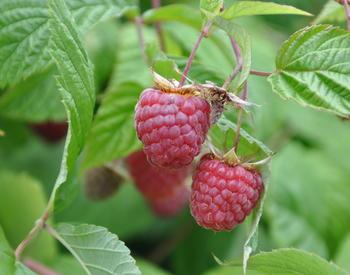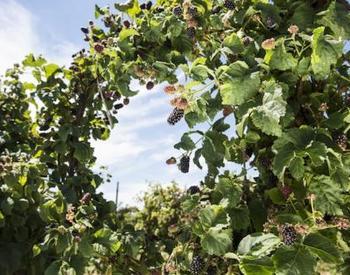Before you purchase a fruit tree for your home orchard, give careful consideration to a number of issues that will impact the success of your planting.
Climate
The state of Oregon is divided into four climatic areas.
- Area 1 includes the Willamette Valley of western Oregon, and the Umpqua Valley and Rogue Valley of southern Oregon. These are noted for their year-around mild temperatures, a wet winter pattern and dry summers. The southern valleys are warmer than the Willamette Valley.
- Area 2 is the mid-Columbia and valleys of eastern Oregon. This region has hotter summer and colder winter temperatures than Area 1. This area receives little rainfall.
- Area 3 includes the high plateaus of eastern and central Oregon. Temperature extremes are common in summer or winter and dryness the year around is the norm. This area is not suited to most fruit production.
- Area 4 is the coastal region of Oregon. Temperatures are mild year-round with heavy rainfall and strong winds during winter and fog during the summer. The cool moist climate makes plant disease a real problem.
Most deciduous fruit trees can be grown successfully in Area 1 or Area 2. However, you should learn the specifics about your local area to better site your trees. Your local conditions are impacted by overall site exposure, wind patterns, rainfall amounts, fog, elevation, slope and frost-free period. Look for an orchard site that is sheltered from strong winds, gets 8–10 hours of sunlight, is ideally on a slight slope not in a frost pocket where cold air pools and has well-drained soil. Warm sites with southern exposure should be saved for apricots, peaches, Japanese plums and figs. Cooler sites with an eastern or northern slope can be used for apples, pears, prunes and berries.
Chilling requirement
Chilling refers to the number of hours below 45ºF that fruit buds need to break dormancy, set fruit and develop fruit. Most deciduous trees require from 200 to 2,000 chilling hours to break dormancy. Temperatures in areas 1 and 2 are cold enough during a normal winter to receive sufficient chilling for all types of deciduous fruit.
Soil
Fruit trees can grow well in a variety of soil types as long as the soil is well-drained. If you are growing standard-size fruit trees, you should also have soil that is 4–9 feet deep. Soil that is 3–5 feet deep is sufficient for growing fruit trees on dwarfing rootstocks. Berry and grape plants only require 2.5–3 feet of soil for normal growth.
To identify the type of soil you have, go online at NRCS - Soils. Select your region of the country, such as the Pacific Northwest Soil Survey Region, then select soil survey reports, select Oregon, select your county, and then maps. You will be able to click on maps until your property is visible. On your property map you will see code numbers that you must write down. Those codes will be explained on a different page as you scroll around the soil website.
You should also take a soil sample and send it to a lab to have it analyzed. The Master Gardeners in Douglas County can do a simple soil test for the public for a small charge. A soil test should tell you pH, salt content, availability of macronutrients, potassium, calcium, and magnesium. The test should also tell you the organic matter content, some micronutrients available, and the soil texture of your sample (clay, silt or sand).
If your soil is compacted and shallow, you may decide to make raised beds. For dwarf fruit trees you will need at least 2 feet of raised bed on top of a foot or two of soil. Ripping a compacted soil will help to improve the site for a fruit tree but you will also need to add organic matter every year to improve the structure of heavy soil.
When planting a tree in the ground, do not add a large amount of purchased topsoil, compost or peat moss to the hole to improve the soil. A little compost mixed with the native soil will be sufficient. The tree's roots will not leave the planting hole if the modified soil is much lighter than the native soil.
Water
You should only plant fruit trees where you have a water source for irrigation during the dry summer. Fruit trees, especially during the first four to five years, require watering to make good growth. When watering fruit trees, you should give them a deep soak that will penetrate several feet into the soil. The amount of water to do this will vary depending on the type of soil you have and the temperature and wind extremes at your site.
Sandy soil will require more frequent watering than clay soil, but less water with each soaking. Clay soil will require more water with each soaking, but not as frequent as sandy soil. In general fruit trees like a deep soak (2–3 inches of water) every 10–14 days on sandy soil and every 15–20 days on clay soil. In western Oregon, fruit trees need to be watered starting in mid-June and ending in late September.
Don't forget to take care of your trees after harvesting the fruit. Many trees are making fruit buds, new wood and storing carbohydrate for winter in late summer and early fall. In areas where a sharp fall freeze can occur, it is advised to stop watering in mid-September to allow the trees to harden off new growth.
Wildlife protection
Many wild animals will feast on your trees and their crops if not protected. Deer are usually the greatest pests of fruit trees. If you do not fence in your yard or put wire (fence) hoops around each tree, deer will destroy them.
When using wire fences, you need to make them 6–8 feet tall to be effective. Narrow wire mesh on the lower two feet of your wire fence will keep out rabbits. Voles can be a problem if you allow tall grass to grow up to the trunks of the trees, providing shelter from predators. Keep grass cover mowed and deep mulch away from tree trunks to prevent vole feeding on bark. Birds and raccoons are attracted to the fruit. The only long-term solution to keeping them away from the crop is to cover trees with netting.
Planting pattern
Most homeowners are interested in planning how to maximize their fruit production from a few trees since they do not have large plots for an orchard. This can be done by using dwarfing rootstocks to increase tree numbers, training fruit trees into hedgerows, training espalier plants next to their homes or grafting many varieties on to one tree. Give even dwarf trees at least 5 feet space between other trees to maintain some vigor and health.
